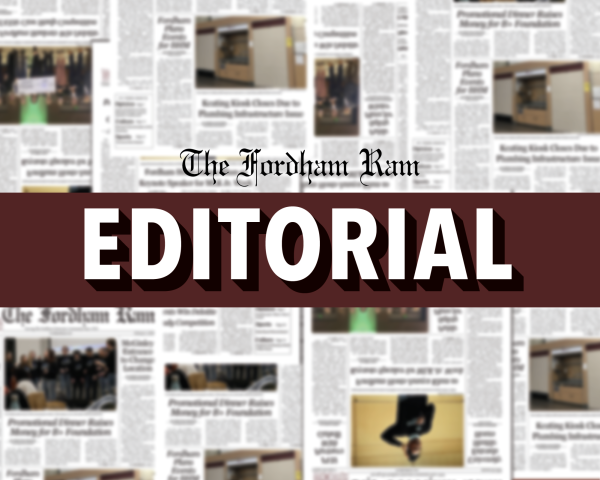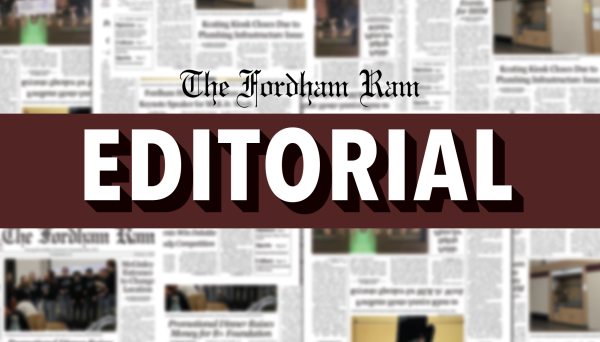Moving Toward a Better Normal
A little over a year after the coronavirus pandemic changed our lives, it’s safe to say we all want to go back to normal. We’ve settled into the routine of the “new normal” — whether we like it or not, wearing masks outside of our homes has become second nature — but the promise of the real “normal” is what propels us through daily life. As COVID-19 restrictions ease and vaccine rollouts gain speed nationwide, we’re starting the slow return to pre-pandemic life.
However, returning to “normal” includes returning to a country and world fraught with social justice concerns, mass inequalities and violence that transcend health concerns. The “normal” that we remember is far away, and we tend to reminisce more about the good times than we dwell on the bad. In the past few weeks, stories of mass shootings and gun violence began to dominate our newsfeeds. These events are a horrific reminder that the American “normal,” as much as we miss it, was far from perfect.
If we’ve learned one thing in the past year, it’s that even a deadly pandemic does not pause the other issues we struggle with. The Black Lives Matter protests last summer taught us that structural racism does not stop for COVID-19 and that calls for change will not wait until the pandemic ends. Likewise, every issue we struggled with before COVID-19 remains with us, and many of them still lie unaddressed. Further, the pandemic exacerbated existing inequalities as Americans struggled with health care and unemployment.
As a nation, we have a history of not addressing our long-term problems. We react to the daily news cycle — we talk about shootings when we see one happen. When we don’t see them in the news, we talk about something else. In the past year, that “something else” was usually the pandemic, the 2020 presidential election or the Black Lives Matter movement. Yet other issues, such as gun violence, never disappeared; they simply received less news coverage.
Our old “normal” leaves a lot to be desired and, more importantly, a lot to be fixed. The same issues that plagued us at the beginning of 2020 still demand answers. In the face of a nationwide return to normal, we ask: Why go back to the old normal? Why not build something better?
We don’t need to reinvent the whole world, but we should put some thought into what we want life to look like once the coronavirus pandemic is behind us. As college students, we’re uniquely poised to do this; we’re at the beginning of our adult lives. We have hopes and dreams for the future, and we have our whole lives to realize them. We hear your ideas every week: banning assault weapons, embracing electric transportation and rethinking police departments. A brighter future is calling, and we cannot allow ourselves to fall back into the same status quo we knew before everything changed.
At the core of our desire for normality is our desire to be together again. Fordham students miss going out, visiting their friends and going to events in the city. Across America, millions of people are eager to go out for dinner, hug their friends and travel the world. We’ll all eat, drink and be merry again. These hopes are what drive us forward, and it’s the same hopes that should push us toward progress. There is so much hope for the world after COVID-19, and we can harness that hope into making the world a better place.











































































































































































































